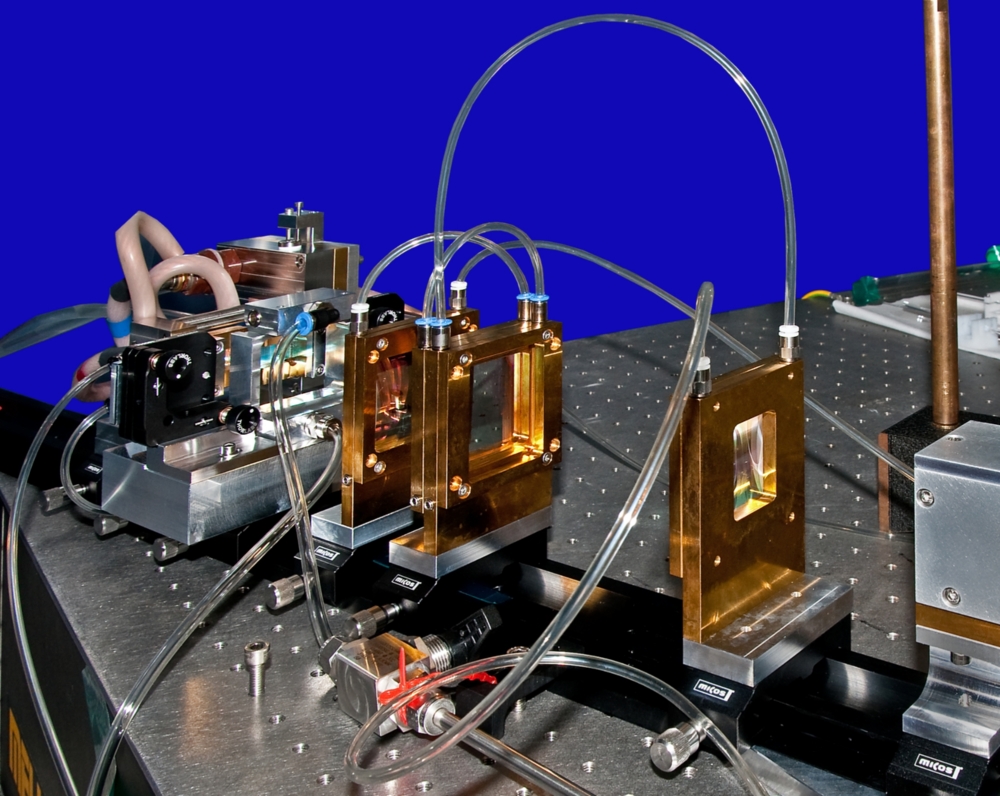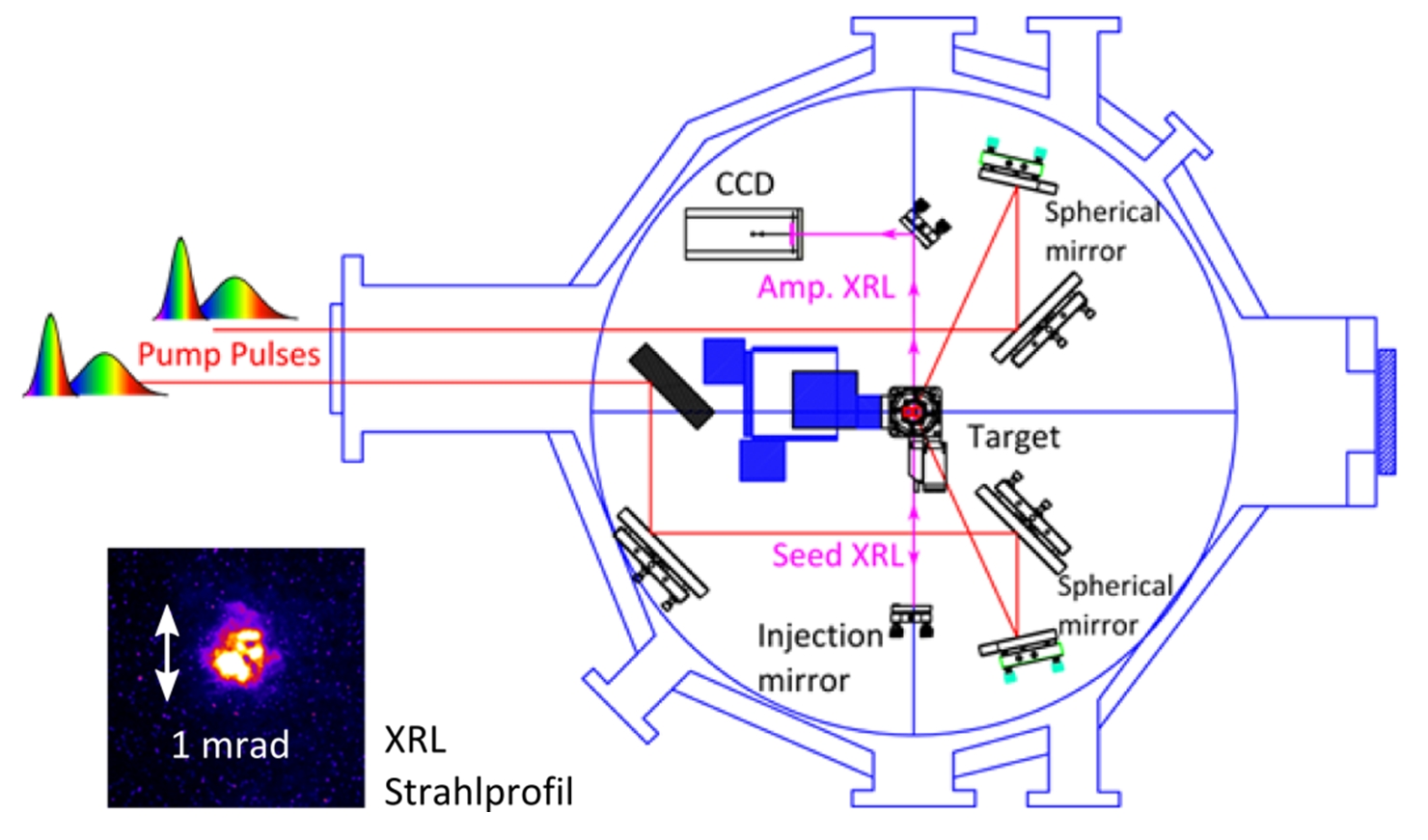
Source: Institut für Strahlwerkzeuge – Universität Stuttgart
The Importance of Efficient Laser Development
Understanding Laser Development
Efficient laser development is crucial for minimizing delays and cost overruns. It involves a systematic procedure based on a solid theoretical understanding of laser physics. Laser development typically results in a laser design rather than a fully operational laser. This process requires a laser development team to work on designs and building recipes, while a separate laser production team is responsible for building and testing the lasers for delivery.
The Development Cycle
The development cycle of a laser design involves multiple iterations of testing, analyzing, and refining. Computer simulations can play a vital role in minimizing the number of cycles and resources needed. Starting with clearly defined goals is essential for an efficient development process.
A Systematic Approach to Laser Development
A systematic approach is crucial for successful laser development. It begins with assessing all requirements thoroughly to avoid overlooking important aspects. Verifying the suitability of the chosen technology and working out a detailed prototype design are key steps in the process.
Building and Testing the Prototype
Building and testing the prototype is a critical phase that requires careful attention to detail. Maximizing efficiency in the laboratory testing phase can save resources and time. It is essential to document the entire design process for future reference and analysis of any issues that may arise.
Finalizing a Product Design
Transforming the prototype design into a final product design involves additional steps to meet performance requirements and ensure efficient production. Evaluating the effects of design changes using simulation software can streamline the process and reduce costs.
Internal Documentation and User Manual
Thorough documentation throughout the development process is essential for analyzing problems, avoiding mistakes in future projects, and guiding manufacturing and testing processes. A user manual tailored to end users’ needs is also crucial for successful product deployment.
Advantages of a Structured Development Strategy
A well-structured laser development strategy is key to completing projects on time and within budget. It enables efficient problem identification and solution development, leading to earlier market entry and revenue generation. Additionally, a structured approach reduces waste by ordering only necessary components.
Continued Learning
Laser development is a complex process that requires careful planning, execution, and documentation. By following a structured approach and leveraging tools like computer simulations, companies can streamline their development process and bring innovative laser products to market efficiently.

Source: Helmholtz-Institut Jena
Feel free to comment your thoughts.



